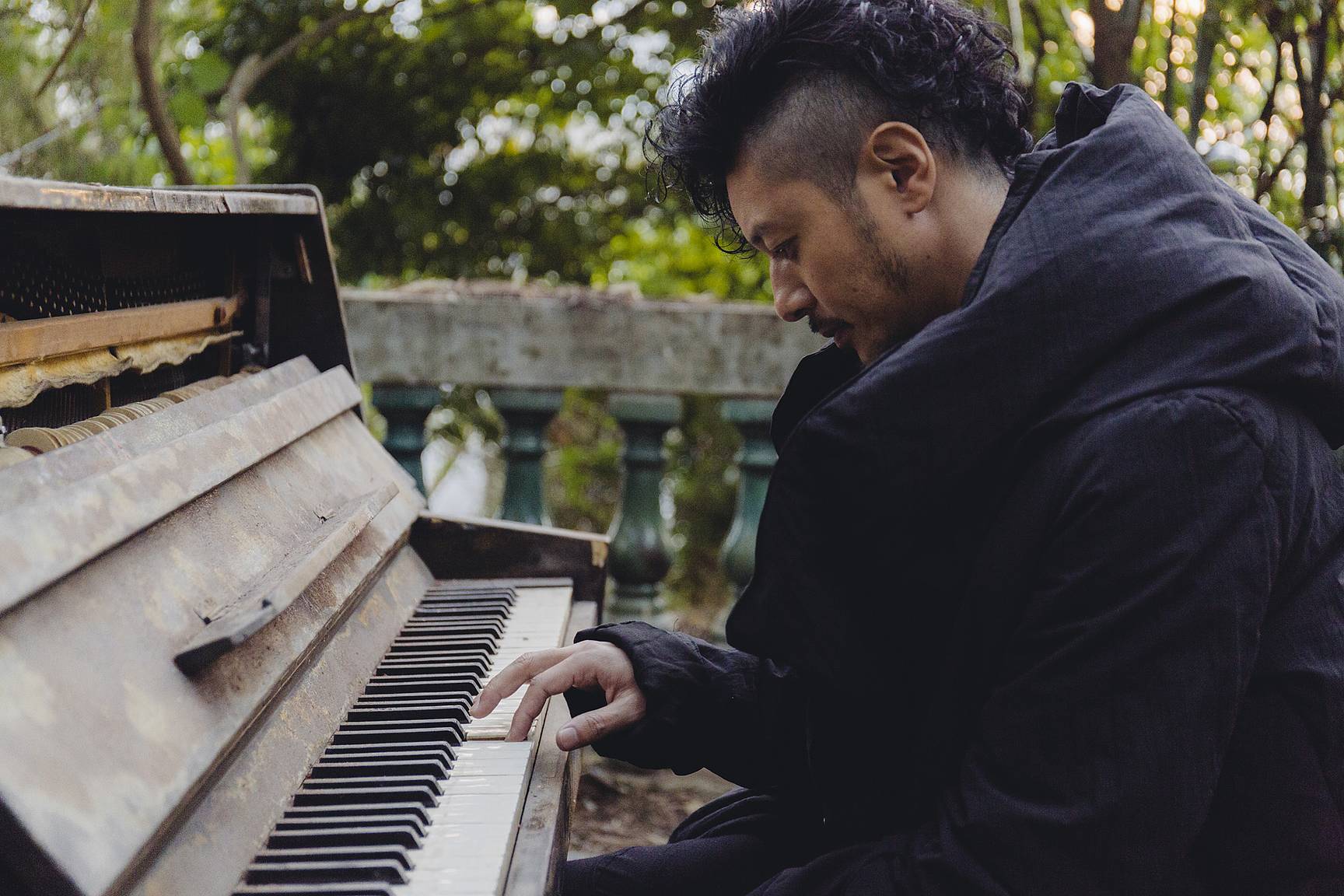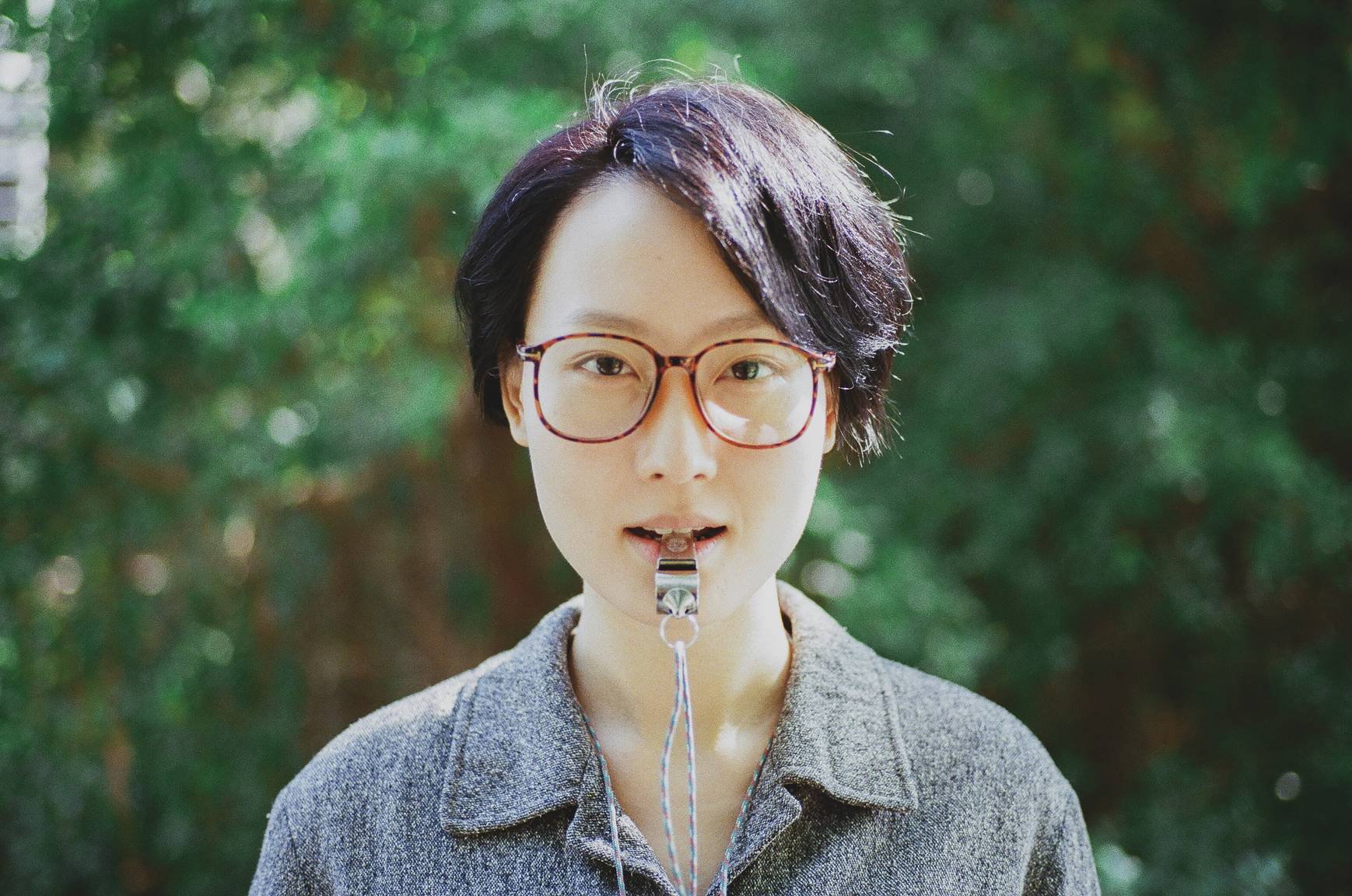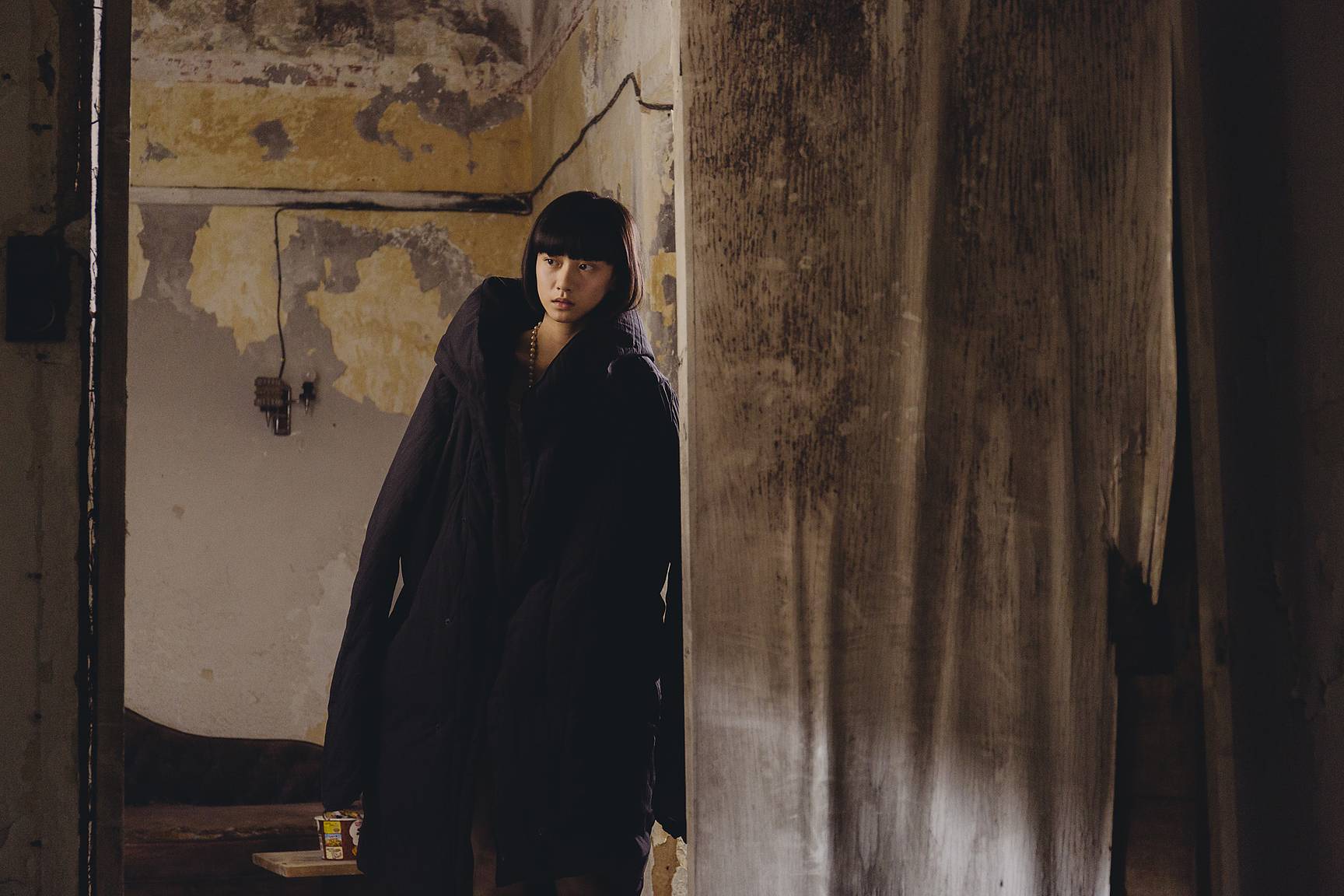An Interview with the Still Photographer of "The White Girl" Tommytfortwo
4 Share TweetAfter reading the exclusive interview of "The White Girl" directors Jenny Suen and saw photos taken by Christopher Doyle, we are delighted to talk to the still photographer of the set Tommytfortwo.
As a still photographer, not only has to present in all shooting, thus working time is extremely long. At the same time, you have to shoot in a limited space without intervening the filming. It is not easy to shoot at the best angle and time, in order to convey the key message of the scene. Tommy has been shooting for a lot of movies and drama, this time he has the honour to work with the famous cinematographer Christopher Doyle. He was very thankful that the directors trusted him and to have used all his photographers without any further editing.
Having been participated in a lot of films and drama, what is the biggest challenge in being a still photographer?
The most interesting thing about stills is to create pictures that did not appear on screen, but at the same time telling the same story. And of course, the biggest challenge would
be to create remarkable stills in a limited space, angle and environment.
During the filming of "The White Girl", is there any unforgettable memories?
There was a day in Tai O, the crew had split into two teams to shoot in different locations. The distance in between two places was a 15 min work. It was a rainy day and in fear of missing any great moments on set, I had been running around for photos. Now that I think about it, I was quite impressed with myself, it was really tiring.
Likely because of the cold and rainy weather, I was quite sick afterwards. We were shooting in Cheung Chau up on the hill, it took 30 mins fro and back for medicine. I did not dare to leave my position for long as the shooting schedule was tight. At last, I was too sick and the directors were very thoughtful to have let me rest for the day. Thanks to the help of my friend and the crew, I recovered the next day. I really appreciate the help of everyone!
Is there any difference in shooting for "The White Girl", compare to other films?
From my own experiences, the biggest difference of "The White Girl" from other films is whenever there were scenes that Chris loved, he would keep the lights, actor and set up after the filming and give me a few minutes to shoot whatever I want. And I am very thankful that the two directors trusted me and let me edit the stills as I wanted. They used the photos without any extra edits.
What equipment did you use in this shooting? Did you use any film cameras?
The main gear of this shoot is Canon 5D and Petzval 58 Bokeh Control Art Lens. And I also brought the Leica, Contax T and Rolleiflex film cameras.
Photos taken by Petzval 58 Bokeh Control Art Lens:
Photos taken by film cameras:
Which photo is your favourite?
My favourite is the one the "White Girl" laid on the bed of the abandoned house, looking in the camera. I love the expression in the eyes and the ambience. Angela was getting ready for the shoot, I took it before the camera started rolling.

More Photos
For more works of Tommytfortwo, please visit his Instagram and Facebook 。
About The White Girl
After working together on a Hong Kong Trilogy, renowned cinematographer Christopher Doyle and first-time director Jenny Suen teamed up again for the visually and emotionally beguiling drama The White Girl. Born with a sun allergy, the White Girl lives in the disappearing fishing community of Pearl Village, and all she wants to do is escape. At night, she meets a mysterious Japanese outsider by the sea, and her world begins to grow bigger. Meanwhile, her only friend, an inquisitive young boy, catches on to the connection between the village chief and a group of visiting property developers.

2018-01-21 #people















































No Comments